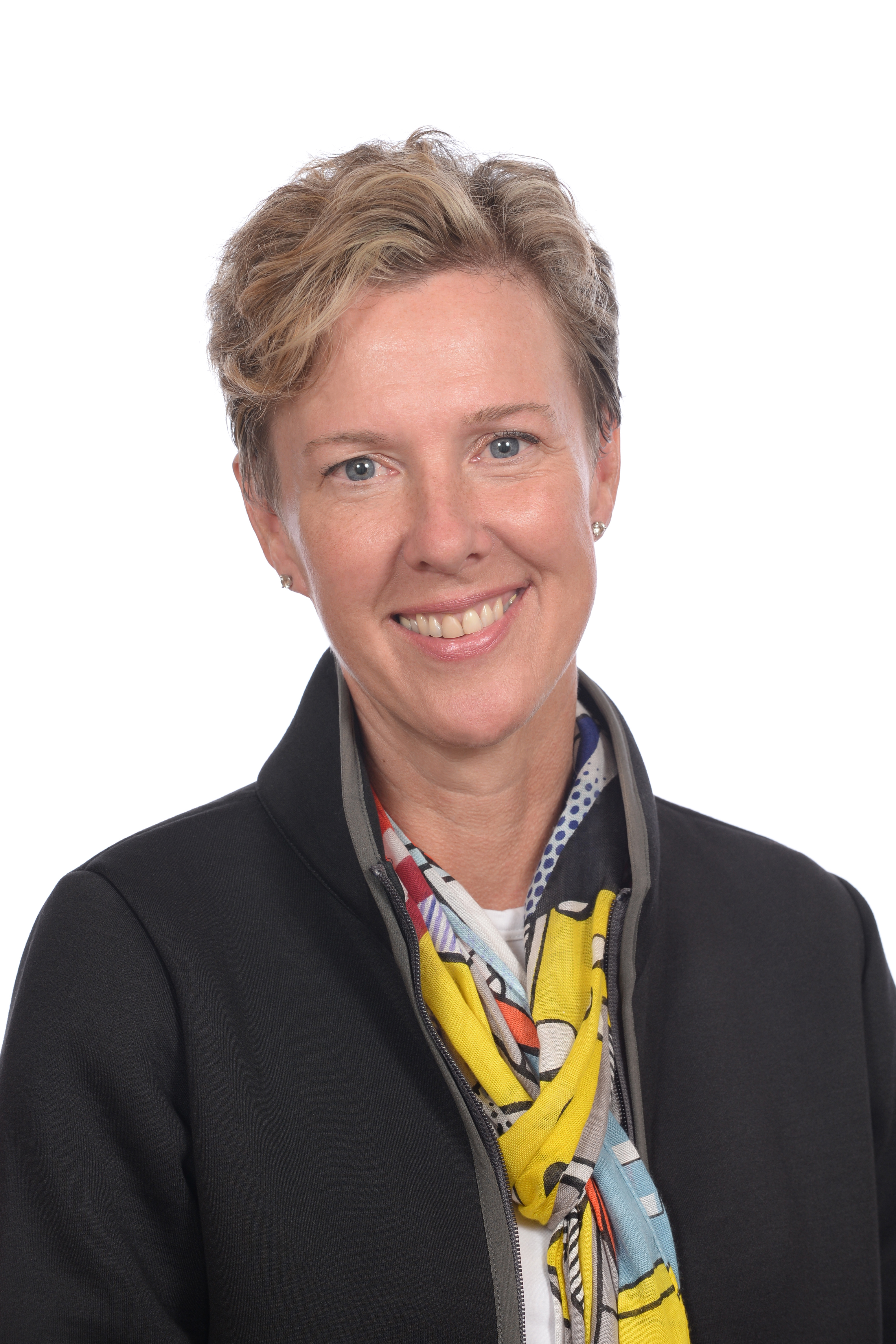The ‘point of the spear’ for regenerative medicine commercialization: an interview with Janet Lambert

In this interview, Janet Lambert, Alliance for Regenerative Medicine, discusses how regenerative medicine therapies have evolved over the last 5 years.
In this interview, Janet Lambert, Alliance for Regenerative Medicine (ARM; DC, USA), discusses how regenerative medicine therapies have evolved over the last 5 years and how ARM supports their development.

Janet Lambert
Janet Lambert received her MBA in International Business from Georgetown University (DC, USA) and her B.A. in Political Science from Stanford University (CA, USA) and has over 25 years in public and private sector management. Janet most recently served as the Acting Head of Engagement for the All of Us Research Program at the National Institutes of Health and as head of the Outreach Office in the Office of the NIH Director. Prior to joining NIH, she was Vice President of Government Relations and head of the Washington office of Life Technologies (CA, USA). Prior to Life Technologies, Janet held leadership positions in government relations, marketing and business development at large and small life science organizations, including GE (MA, USA) and InforMax (MD, USA). Janet joined ARM in 2017 as the organization’s first CEO.
Please introduce yourself
My name is Janet Lambert, Chief Executive Officer of the Alliance for Regenerative Medicine. I joined the organization as its first CEO in July of this year.
What was your background before joining the Alliance for Regenerative Medicine?
I’ve held leadership positions in government relations, marketing and business development at large and small life science organizations, including GE and InforMax. Prior to joining ARM, I most recently served as the Acting Head of Engagement for the All of Us Research Program at the National Institutes of Health (NIH) and as head of the Outreach Office in the Office of the NIH Director. Before NIH, I was Vice President of Government Relations at Life Technologies. My previous experience also includes legislative and staff positions in the U.S. Senate and House of Representatives.
How does the Alliance support the development and use of regenerative medicine around the world?
ARM was founded in 2009 to address the unique regulatory, reimbursement, legislative and commercialization needs of this important sector. Through our membership-led committees and various working groups, our organization serves as the “point of the spear” on these issues, promoting legislative, regulatory and public understanding of regenerative medicines and advanced therapies.
ARM’s membership comprises more than 270 organizations representing this field’s many stakeholders: therapeutic developers; tool and service providers; patient advocacy organizations; academic and other medical research centers; financial institutions and more.
What is the purpose of the Alliance’s investor days?
These meetings enable institutional, corporate and private investors to have exclusive access to regenerative medicine therapeutic developers to find out what progress is being made clinically and commercially. Subject matter experts address key topics that tend to have the greatest impact on investor interest, including market access, health technology assessment, regulatory updates and more.
Discover more: RegMedNet at the 5th Annual European Advanced Therapies Investor Day
In addition to the company presentations, ARM European Investor Days include executive speakers from top organizations in the space, including large pharma, tool and service providers and others leading partnering activity and sector investment.
This year was the 5th annual ATMP investor day. How has the regenerative medicine industry changed in 5 years?
The changes in five years are amazing and thrilling. The sector has gone from clinically nascent and almost hypothetical, to a robust community with several approved commercial products and a rich pipeline poised to dramatically help patients.
Are there any differences in the regenerative medicine therapy pipeline around the world?
This is a strong, growing, global sector with activity across 6 continents. While the pipeline does encompass a range of technologies across the regenerative medicine spectrum, different regional and national regulatory schemes do tend to attract different types of therapeutic developers. Japan’s market acceleration program, for example, attracts (prioritizes) cell therapies.
Recently, the umbrella of regenerative medicine has broadened to include cell therapy, gene editing etc. Why is this and how do you think this will affect development and uptake of these therapies?
The regenerative medicine sector encompasses advanced therapies and products that are intended to augment, repair, replace or regenerative organs, tissues, cells, genes and metabolic processes in the body. With a broadening focus on utilizing the body’s own systems to address the foundational causes of diseases and disorders, the field is constantly broadening, addressing more indications and developing next-generation technologies to treat the underlying root cause of many ailments, many life-threatening.
What do you think the future holds for regenerative medicine?
The regenerative medicine and advanced therapies sector is truly the next frontier for patients, developing revolutionary, durable treatments and potential cures for some of humankind’s most devastating diseases — many currently untreatable via conventional treatments. The sector will revolutionize the way healthcare is delivered to patients around the world, offering treatment from a durable, in some cases curative, standpoint, rather than a chronic, palliative approach.
As the science continues to progress, and further advancements brought to market, this sector will address and overcome the various industrialization and reimbursement challenges that keep many of us so busy today. These are important issues, and the success of this sector depends on our ability to find solutions.